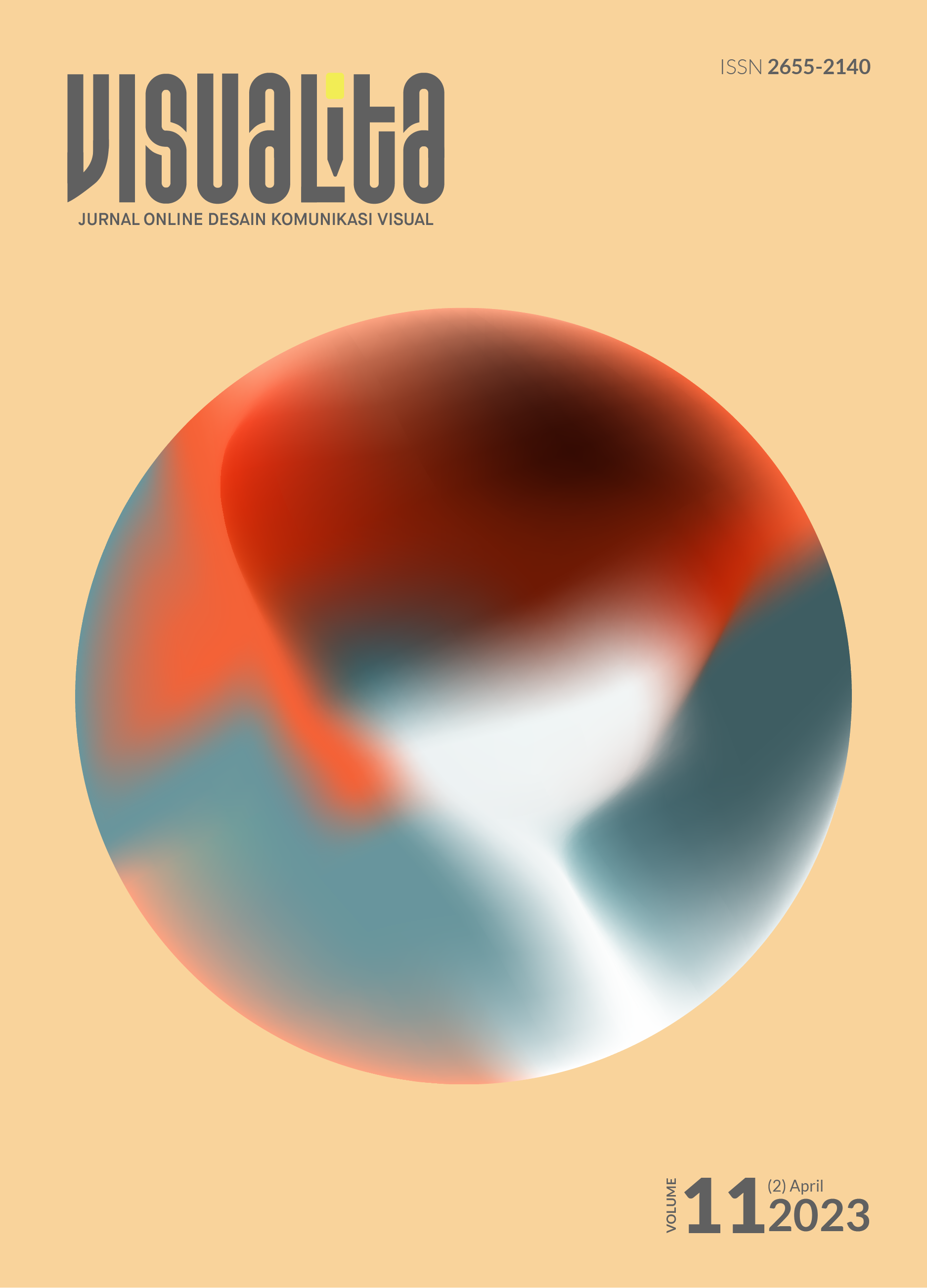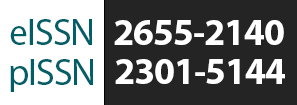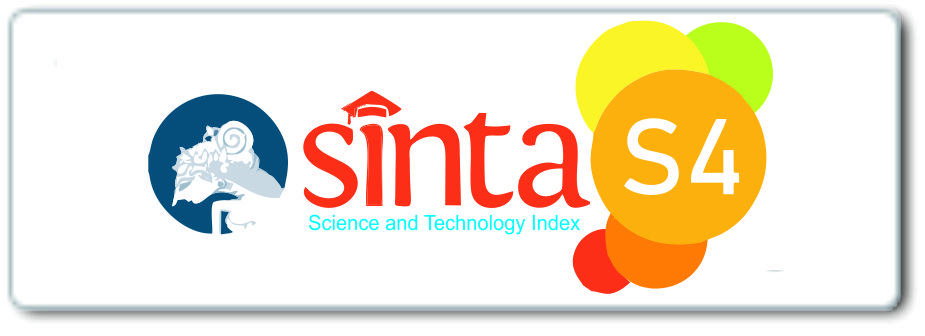Transformasi Atribut Menjadi Elemen Estetis Pada Kostum Olahraga
DOI:
https://doi.org/10.34010/visualita.v11i2.8841Keywords:
fashion trend, function, sport jersey T-shirt product, transformationAbstract
The use of sports jersey T-shirt products has become a stylish variant of the fashion trend for the community. Users of this t-shirt product have penetrated several circles, both children, teenagers and the elderly. What's interesting is that the jersey basically has attribute components that are produced as function demands, now present as an aesthetic visual ornament in fashion. This research basically comes as a follow-up research that has been done before. Previous research has revealed that there is an additional function of the soccer jersey, both in terms of supporters as a fan identity and a marker for the players themselves. In this study, we try to look at it from a different perspective, namely the form of the transformation function of sports jersey attributes (not limited to football) into aesthetic attributes in the World of Fashion. This will be explained through the aspects of material, visual, color and other functions which are usually used as a function of transforming into a fashion trend. Through the research that has been done, it is concluded that the transformation of Functional Motivation into aesthetics in sports jersey fashion products is a process of sign association. The association involves the role of previous markers (such as color, other attributes and visuals) that have been established in the mind. Through this empirical knowledge it is conceptualized into a "sporty" style which is realized in the jersey fashion trend.
Downloads
Downloads
Published
Issue
Section
License
Authors who publish with Visualita agree to the following terms:
- Authors retain copyright and grant the journal right of first publication with the work simultaneously licensed under a Creative Commons Attribution-NonCommercial 4.0 International License.
- Authors are able to enter into separate, additional contractual arrangements for the non-exclusive public distribution and display of the journal's published version of the work (e.g., post it to an institutional repository or publish it in a book), with an acknowledgement of its initial publication in this journal.
- Authors wishing to include items (such as images or other media, or any creative works of others whether previously published or not) must contact the original copyright holder to obtain explicit permission to publish these items in Visualital. Writing permission should include: the title(s) of any copyrighted work, original place of publication if applicable, and an acknowledgement of having read Visualita copyright notice. Authors are responsible for obtaining this permission and keeping it in their own records for later verification.






